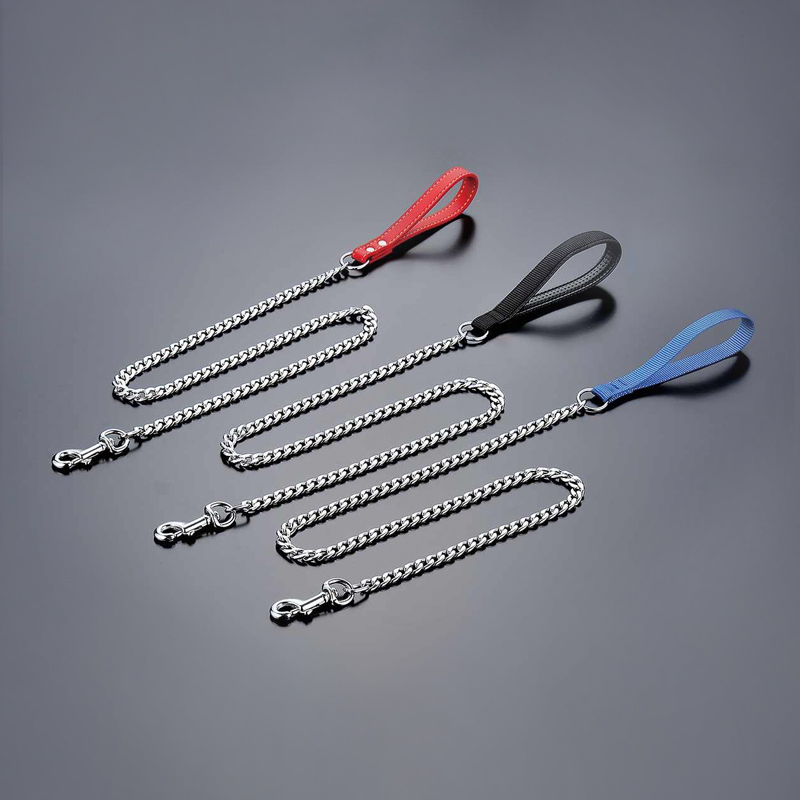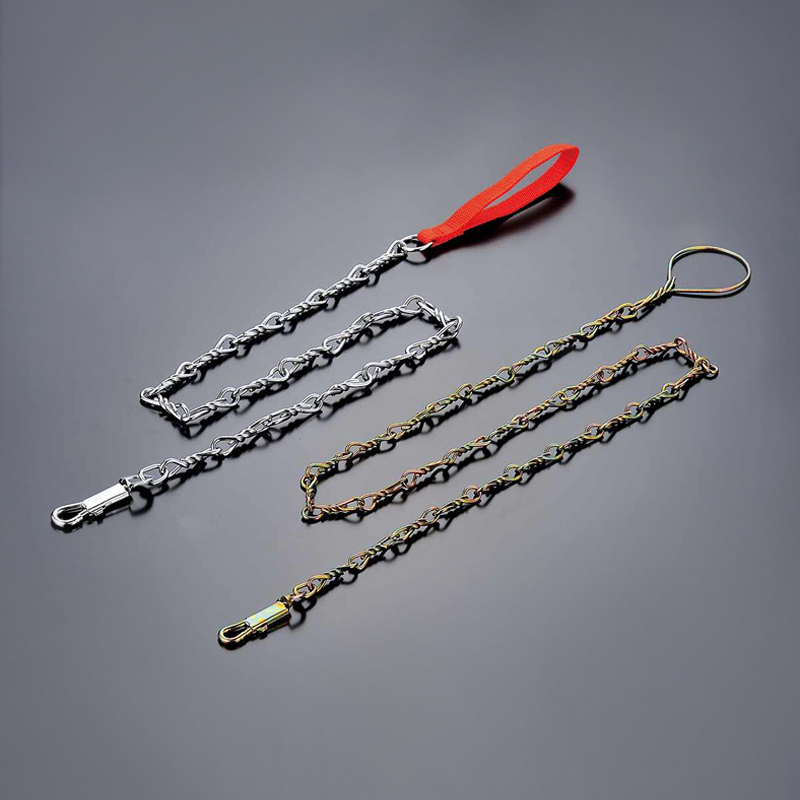2025-07-04
![]() Industry News
Industry News
 2023-11-14
2023-11-14
In the realm of canine training and management, two tools stand out for their effectiveness and controversy: the large dog harness with a no-pull design and the prong training collar. Each tool serves a distinct purpose in addressing behavioral issues and ensuring the well-being of both the dog and the handler. This article delves into the professional considerations and applications of these tools, emphasizing the importance of responsible usage.
A large dog harness with a no-pull feature is designed to provide control without causing discomfort to the dog. This type of harness distributes pressure evenly across the dog's body, discouraging pulling behavior without choking or causing stress to the neck. When selecting a harness, factors such as size, material, and design should be considered to ensure a proper fit and optimal functionality.
One of the main advantages of a no-pull harness is its potential to prevent injuries. Traditional collars can exert excessive pressure on a dog's neck, leading to respiratory issues or neck injuries, particularly in large breeds. The harness redirects the force to the body, reducing the risk of harm while providing a gentle reminder to the dog to walk without pulling.
Training with a no-pull harness involves consistent positive reinforcement. Handlers should reward desired behavior, such as loose-leash walking, to encourage the dog to associate the harness with a positive experience. Proper training enhances the effectiveness of the harness and strengthens the bond between the dog and its owner.
The prong training collar, also known as a pinch collar, is a tool designed to address strong pulling behavior and disobedience. It consists of interlocking metal links with prongs on the inside, applying pressure to the dog's neck when tension is applied. Despite its controversial nature, when used correctly and under the guidance of a professional trainer, a prong collar can be an effective tool in certain situations.
It is crucial to note that prong collars should only be used by experienced handlers or under the supervision of a qualified dog trainer. Proper fit and placement are essential to avoid injury, and the collar should never be left on when not in use for training sessions.
When used appropriately, a prong collar can provide clear communication between the handler and the dog, facilitating quick and efficient correction of undesirable behavior. However, it should not be seen as a long-term solution but rather as a tool for specific training goals.
Balancing Act: Choosing the Right Tool
The decision to use a large dog harness with a no-pull feature or a prong training collar depends on various factors, including the dog's size, temperament, and the specific training goals. Responsible pet ownership involves understanding the purpose of each tool and using them judiciously.
In conclusion, both the large dog harness with a no-pull design and the prong training collar have their places in the realm of dog training. The key is to approach their use with knowledge, responsibility, and respect for the individual needs and characteristics of the dog. Professional guidance from experienced trainers is invaluable in ensuring the welfare of the dog while achieving training objectives effectively.
![]() HOT PRODUCT
HOT PRODUCT





